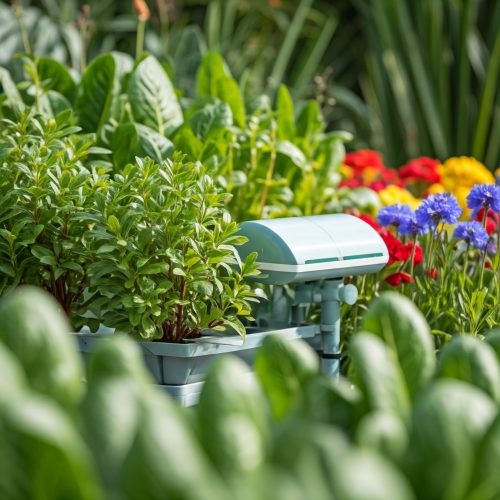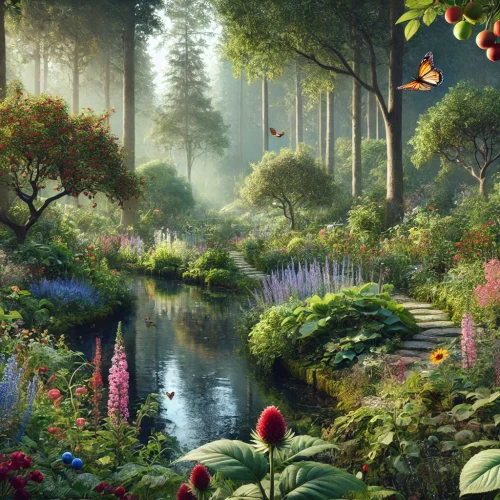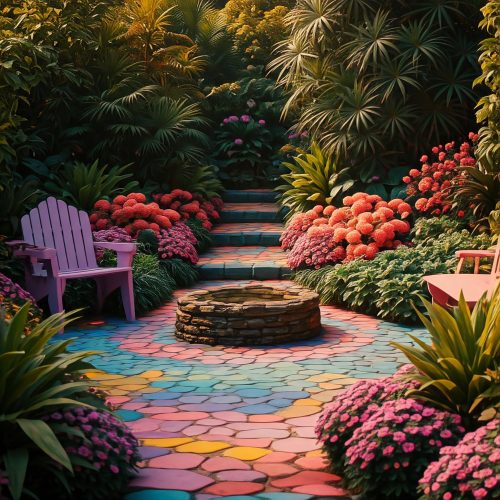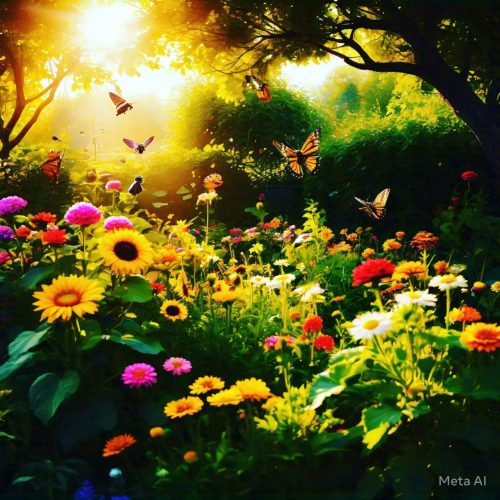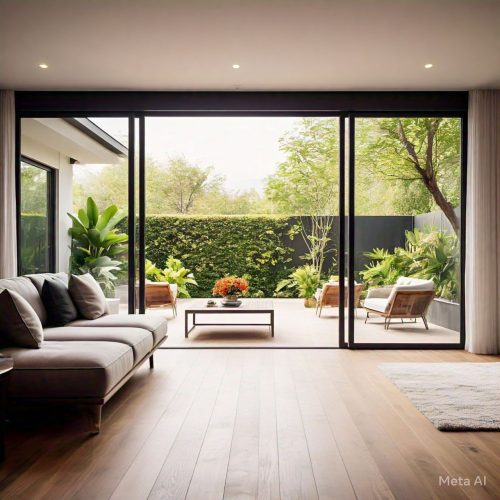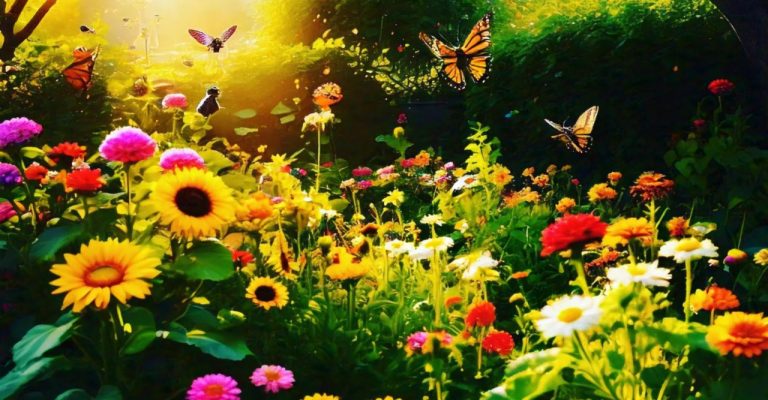
Transforming your outdoor space into a haven for local fauna is a rewarding endeavor. Creating a Wildlife-Friendly Garden provides essential habitats and resources for various creatures, contributing to local biodiversity. This blog post will guide you through the key steps for creating a wildlife-friendly garden, attracting birds, bees, butterflies, and other beneficial insects to your backyard. Initially, attracting wildlife might seem challenging. Subsequently, you’ll discover how simple changes can make a big difference.
Moreover, a wildlife-friendly garden not only benefits local ecosystems but also provides endless enjoyment for nature lovers. Furthermore, by implementing these tips, you can create a beautiful and thriving outdoor space for both you and wildlife. In addition, you’ll learn about specific plants, features, and practices that attract different species. Ultimately, creating a Wildlife-Friendly Garden enhances your connection with nature and supports local biodiversity. Let’s explore how! 🏡🌱
1. Planting Native Species 🌸

Planting native species is crucial for attracting local wildlife. Firstly, native plants are adapted to the local climate and soil conditions, requiring less maintenance. Secondly, they provide essential food and habitat for native insects, birds, and other animals. Thirdly, they support local ecosystems and biodiversity. Additionally, native plants are often more resistant to local pests and diseases. For example, planting native wildflowers can attract pollinators like bees and butterflies. Subsequently, you’ll create a more sustainable and thriving garden. In this way, you can provide essential resources for local wildlife. Ultimately, planting native species is a key element of creating a wildlife-friendly garden.
2. Providing Food Sources 🐛
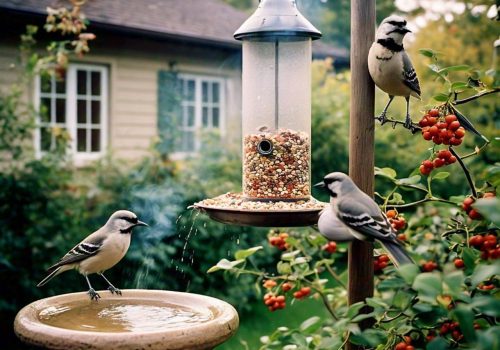
Providing diverse food sources is essential for attracting a variety of wildlife. Firstly, different species have different dietary needs. Secondly, providing a mix of nectar-rich flowers, berry-producing shrubs, and seed-bearing plants can attract a wider range of creatures. Thirdly, consider providing supplemental food sources, such as bird feeders or suet. Additionally, leaving fallen leaves and dead plant material can provide habitat and food for insects and other invertebrates. For example, planting sunflowers can provide seeds for birds, while berry bushes can attract songbirds. Furthermore, this creates a more balanced and thriving ecosystem. Subsequently, you’ll create a more attractive habitat for wildlife. In this manner, you can support a greater diversity of species. Ultimately, providing diverse food sources is crucial for creating a wildlife-friendly garden.
3. Creating Shelter and Nesting Sites 🐦
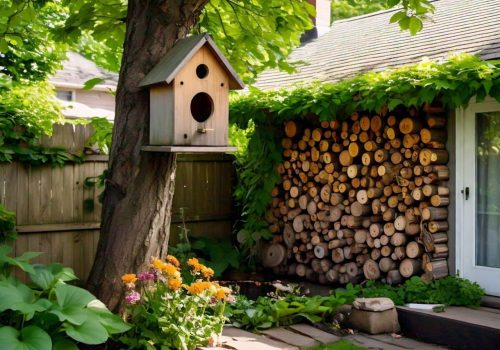
Providing shelter and nesting sites is essential for attracting and supporting wildlife. Firstly, trees, shrubs, and dense vegetation provide important cover and protection from predators. Secondly, birdhouses, bat boxes, and insect hotels can provide nesting and overwintering sites. Thirdly, leaving piles of brush or logs can create habitat for small mammals and insects. Additionally, consider creating a compost pile, which can provide habitat for beneficial insects and earthworms. For example, placing a birdhouse in a sheltered location can provide a safe nesting site for birds. Furthermore, this creates a more welcoming and secure environment for wildlife. Subsequently, you’ll create a more attractive habitat for various species. In this manner, you can encourage wildlife to make your garden their home. Ultimately, creating shelter and nesting sites is crucial for creating a wildlife-friendly garden.
4. Providing Water Sources 💧

Providing access to fresh water is essential for all wildlife. Firstly, birdbaths, ponds, and other water features can provide drinking and bathing opportunities. Secondly, ensure that water sources are clean and regularly replenished. Thirdly, consider providing different water sources at different heights to cater to different species. Additionally, a shallow dish of water with pebbles can provide a safe drinking spot for insects. For example, a small pond can attract frogs, toads, and other amphibians. Furthermore, this creates a more complete and welcoming habitat. Subsequently, you’ll attract a wider variety of wildlife to your garden. In this manner, you can create a thriving ecosystem. Ultimately, providing water sources is crucial for creating a wildlife-friendly garden.
5. Avoiding Pesticides and Herbicides 🚫
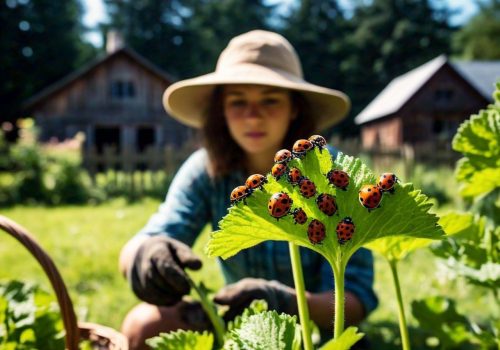
Avoiding the use of pesticides and herbicides is crucial for protecting wildlife. Firstly, these chemicals can be harmful or even fatal to insects, birds, and other animals. Secondly, they can also disrupt the natural balance of the ecosystem. Thirdly, consider using natural pest control methods, such as introducing beneficial insects or using organic sprays. Additionally, hand-weeding and mulching can help to control weeds without the use of herbicides. For example, introducing ladybugs can help to control aphids. Furthermore, this creates a healthier and safer environment for wildlife. Subsequently, you’ll create a more sustainable and thriving garden ecosystem. In this manner, you can protect local biodiversity. Ultimately, avoiding pesticides and herbicides is essential for creating a truly wildlife-friendly garden.
Conclusion
Creating a Wildlife-Friendly Garden is a rewarding way to connect with nature and support local biodiversity 🎉. By implementing these simple steps, you can transform your outdoor space into a haven for birds, bees, butterflies, and other beneficial creatures 🦋🐦. Initially, making these changes might require some planning and effort. Subsequently, you’ll enjoy a thriving ecosystem right in your backyard. Moreover, you’ll be providing essential resources for local wildlife. Furthermore, you’ll have created a beautiful and enjoyable space for both you and nature. Ultimately, creating a wildlife-friendly garden is a worthwhile investment in the health of our planet and the beauty of our surroundings. Happy gardening! 💖🌱🌳😊✨
🌱 Subscribe to Our YouTube Channel:
Check out The Green Living Spaces for video guides, tips, and inspiration to help you along your gardening journey.
📖 Popular Articles You May Like:
Explore our curated list of helpful guides at Popular Articles – The Green Living Spaces.
Start small, stay consistent, and enjoy the journey of nurturing your plants.🌿



